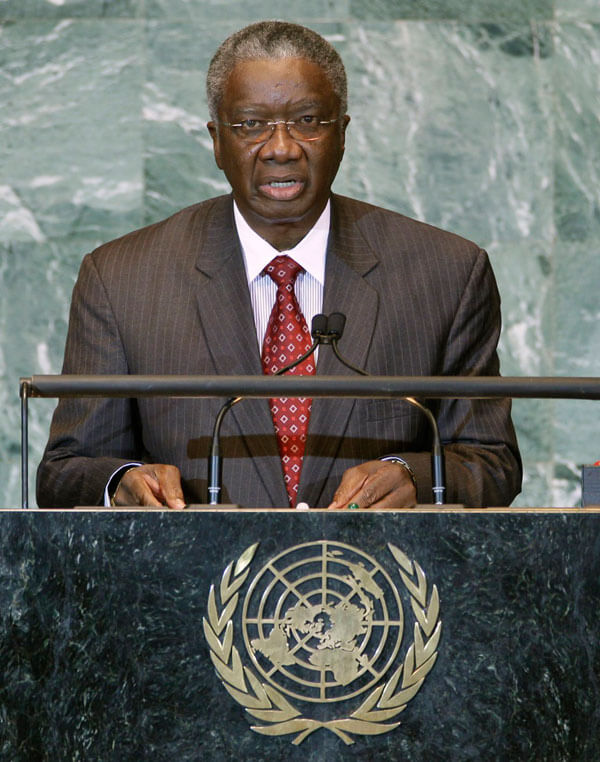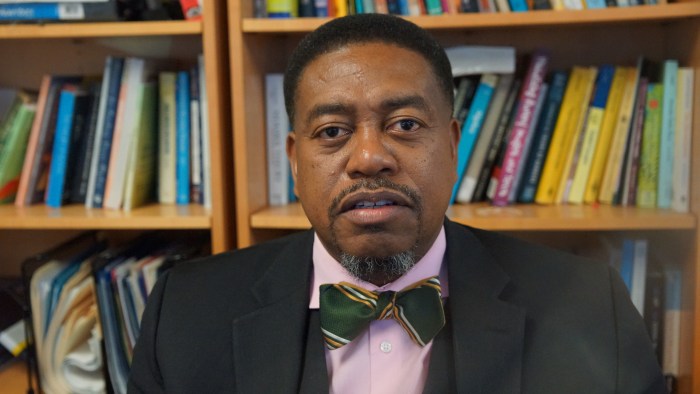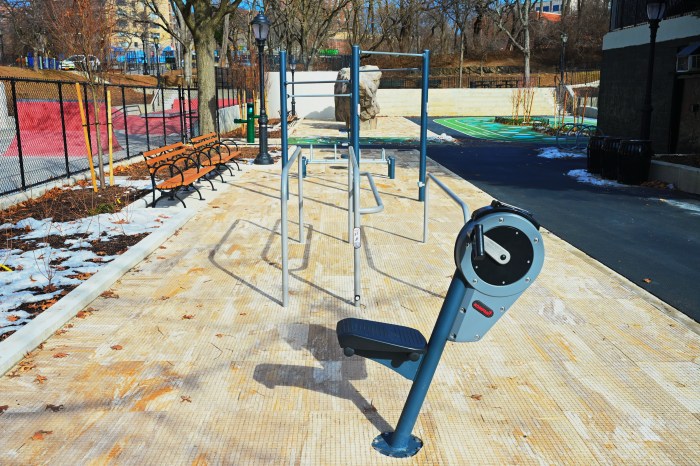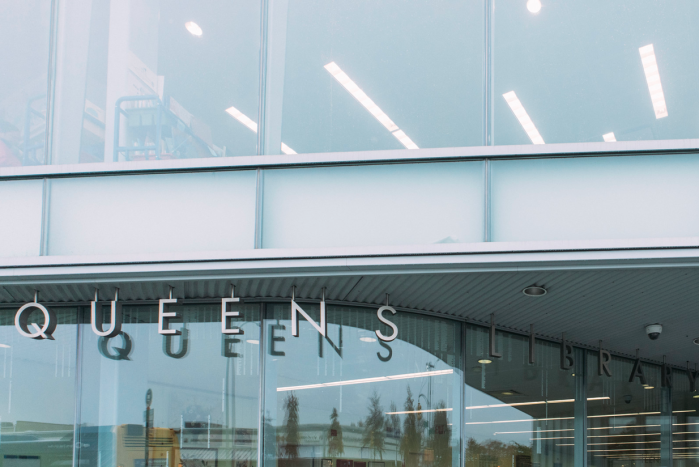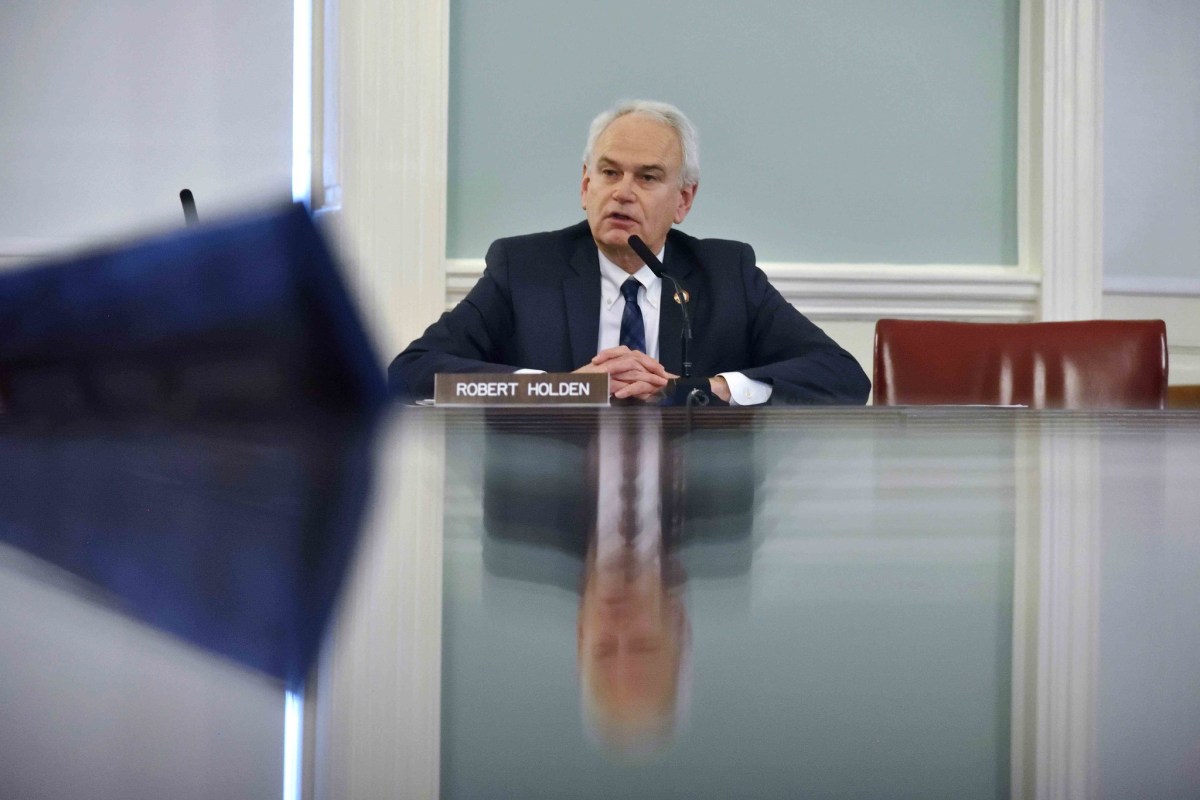Guyana’s aggressive courting of international diplomatic partners such as the 15-nation Caribbean Community (CARICOM) and the United Nations appeared to have pushed back plans by neighboring Venezuela to successfully lay claim to a large new offshore area that had stretched all the way to the small Eastern island nations but there is every indication that the simmering border controversy will worsen in the coming months.
Oil and gas-rich Venezuela has for decades disputed the 1899 boundary line between line between the two continental nations but authorities there appeared to have been rattled by Exxon Mobil’s recent discovery of an elephant well off Guyana’s east coast and have ratcheted up claims much to the consternation and chagrin of their English-speaking neighbor.
Days after the American oil giant had announced that its Liza 1 well was ready to gush significant oil and gas deposits, President Nicolas Maduro’s government published a new offshore boundary demarcation that ran as far southeast as northern Suriname and into the offshore areas of some of the smaller island nations further north in the regional island chain.
Fearing for the worse, Guyana took the issue to last week’s CARICOM leaders summit in Barbados, transforming what had appeared to be a moribund agenda into one that had extensive discussions on the implications of the new boundary line for Guyana and its regional family members.
In the end the bloc, through current Chairman and Barbadian Prime Minister Freundel Stuart, told Maduro to keep its hands off Guyana despite diplomatic waffling from St. Vincent, Dominica and a few others which have extremely strong ties with Venezuela and are key beneficiaries of grant and other forms of aid from Caracas. “We have to make sure that the situation does not spin out of control and ensure that level heads are held on both sides,” Stuart said noting the fact that CARICOM is behind Guyana on this.
Maduro had been invited to sit at the table with President David Granger and other leaders but predictably backed out after Granger scrubbed plans to meet him if the published map was not taken down and discarded.
But by the time Granger had landed back at his office in Georgetown, Maduro was addressing his own parliament, announcing plans to recall Ambassador Reyna Margarita Arratia for consultations, generally review relations with Guyana and to scale down its presence there, moves Foreign Minister Carl Greenidge dismissed as playing to a home gallery.
The saber rattling between the two, however, has not apparently affected Guyana’s purchase from Venezuela of about 6,000 barrels or half the daily needs.
As Guyanese diplomats monitored the situation in Caracas, Maduro published a brand new map on Monday but this time without any numerical coordinates showing exactly where the country is claiming as its new marine borders.
Authorities there have made it known that they are particularly irked by the fact that Exxon had palpably ignored ‘orders’ to stop the drilling and abandon the area much as Texas-based firm Anadarko did when Venezuelan gunboats back in 2013 had expelled its seismic vessel and had arrested and detained its crew for more than a week.
And if anyone dares to think that the Venezuelan right wing is not in on the plot to grab Guyana’s potentially rich offshore area, then they need only refer to recent statements by former foreign minister Jose Vicente Rangel who says the west is behind Guyana’s aggressive saber rattling and is training armed groups to penetrate Venezuela.
He has charged that Guyana is being used as a platform by the west to smuggle arms into Venezuela, accusations Guyanese officials are yet to react to.
“U.S. Special Forces are reinforcing these activities in the area and, from the waterways of the Yuruani River in Essequibo in the vicinity of the sector called Anacoco, they are training personnel to raid Venezuelan areas as part of a social and economic destabilization program in the region. International intelligence agencies are carrying out infiltration activities from the Cooperative Republic of Guyana into Venezuela. There is a large flow of weapons from the reclamation area in Essequibo into Venezuela,” he charged on his television program this week.


